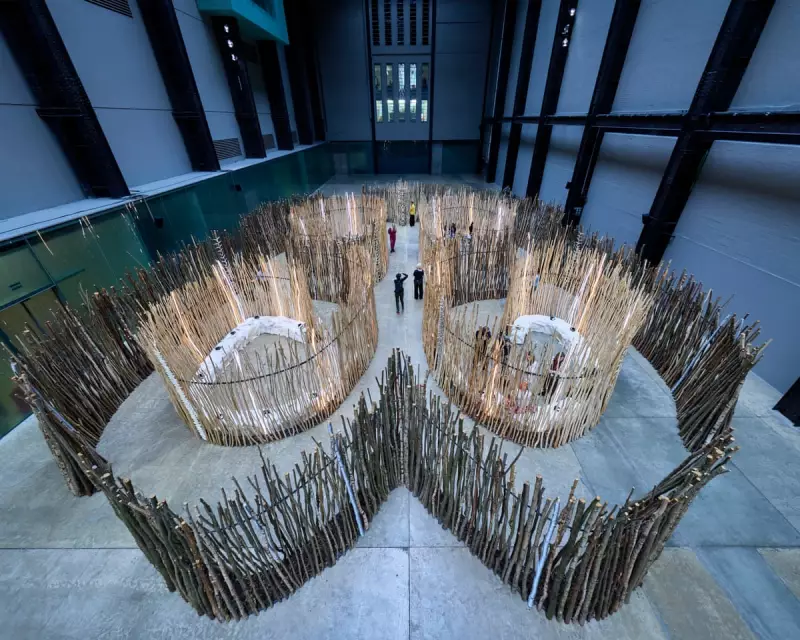
The vast expanse of Tate Modern's Turbine Hall has been transformed into an ethereal soundscape by Norwegian Sámi artist Maret Anne Sara, creating what may be one of the most hauntingly beautiful installations in the gallery's history.
A Symphony of Cultural Memory
Visitors entering the iconic space are immediately enveloped by an immersive auditory experience that challenges conventional art expectations. Instead of dominating the space with physical structures, Sara has chosen to work with the hall's natural acoustics, creating a delicate balance between sound and silence that demands careful listening.
The installation represents a radical departure from previous Turbine Hall commissions, focusing on subtlety rather than spectacle. As one critic noted, "This is art that doesn't shout but whispers - and in that whisper lies its extraordinary power."
Echoes of Sámi Heritage
At the heart of the work lies Sara's deep connection to her Sámi heritage and the ongoing struggle for indigenous rights. The soundscape incorporates traditional Sámi vocal techniques and natural sounds from the Arctic landscape, creating a powerful statement about cultural preservation and environmental consciousness.
"The work speaks to the fragility of both cultural traditions and natural ecosystems," explains the exhibition curator. "Sara invites us to consider what might be lost if we don't listen carefully to these ancient voices."
An Installation That Demands Patience
Unlike many previous Turbine Hall installations that immediately grab attention, Sara's work reveals itself gradually. Visitors who rush through may miss the subtle nuances of the piece, while those who linger are rewarded with a deeply moving experience.
- The soundscape changes throughout the day, responding to natural light and visitor movement
- Traditional Sámi joiking techniques blend with contemporary sound art
- The work creates a contemplative space in one of London's busiest cultural venues
Critical Acclaim and Public Response
Early responses from both critics and visitors have been overwhelmingly positive, with many praising the installation's emotional depth and intellectual sophistication. The work has been described as "a quiet revolution in the Turbine Hall" and "a masterpiece of subtle protest."
This installation marks a significant moment for indigenous artists in major European institutions, demonstrating how traditional knowledge and contemporary art practice can create powerful new forms of expression.
The exhibition runs through the winter months, offering Londoners and visitors a unique opportunity to experience one of the most talked-about art installations of the season.





